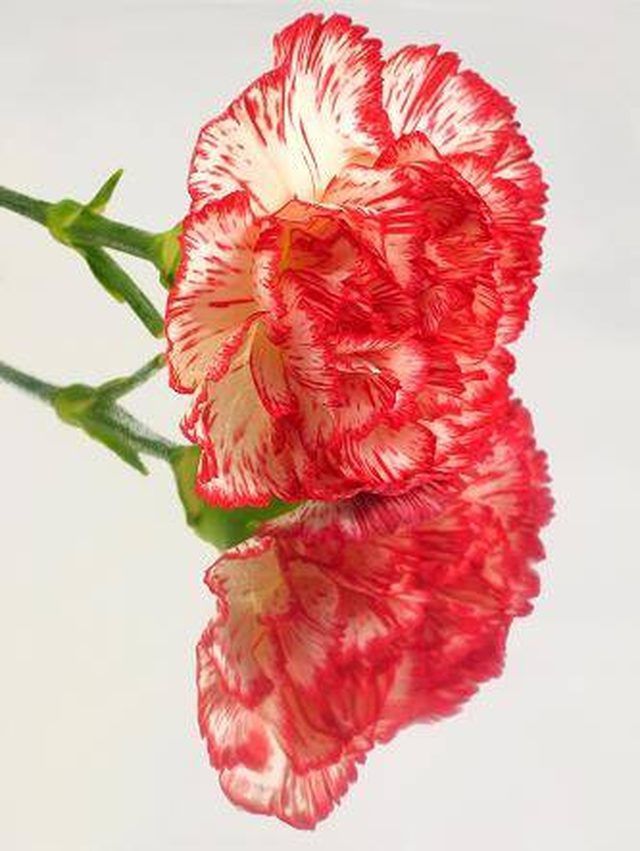Bulbs
Flower Basics
Flower Beds & Specialty Gardens
Flower Garden
Garden Furniture
Garden Gnomes
Garden Seeds
Garden Sheds
Garden Statues
Garden Tools & Supplies
Gardening Basics
Green & Organic
Groundcovers & Vines
Growing Annuals
Growing Basil
Growing Beans
Growing Berries
Growing Blueberries
Growing Cactus
Growing Corn
Growing Cotton
Growing Edibles
Growing Flowers
Growing Garlic
Growing Grapes
Growing Grass
Growing Herbs
Growing Jasmine
Growing Mint
Growing Mushrooms
Orchids
Growing Peanuts
Growing Perennials
Growing Plants
Growing Rosemary
Growing Roses
Growing Strawberries
Growing Sunflowers
Growing Thyme
Growing Tomatoes
Growing Tulips
Growing Vegetables
Herb Basics
Herb Garden
Indoor Growing
Landscaping Basics
Landscaping Patios
Landscaping Plants
Landscaping Shrubs
Landscaping Trees
Landscaping Walks & Pathways
Lawn Basics
Lawn Maintenance
Lawn Mowers
Lawn Ornaments
Lawn Planting
Lawn Tools
Outdoor Growing
Overall Landscape Planning
Pests, Weeds & Problems
Plant Basics
Rock Garden
Rose Garden
Shrubs
Soil
Specialty Gardens
Trees
Vegetable Garden
Yard Maintenance
How to Deadhead Carnations
How to Deadhead Carnations. Deadheading flowers is the process of removing spent blooms from the plant. Deadheading carnations encourages flowering plants to rebloom, as the process of removing the bloom frees up the plant's energy to create new foliage and blooms. Certain varieties of carnations will more readily rebloom than others. In some areas...

Deadheading flowers is the process of removing spent blooms from the plant. Deadheading carnations encourages flowering plants to rebloom, as the process of removing the bloom frees up the plant's energy to create new foliage and blooms. Certain varieties of carnations will more readily rebloom than others. In some areas and climates, deadheading can also improve the chances that the carnation plant will come back the following year.
Things You'll Need
Sharp scissors or pruning shears
Clip carnation blooms as soon as they show signs of being spent: wilting, browning, staining or shriveling.
Clip at the first node, under the bloom and right above a new leaf.
Clip carnation blooms where it emerges from the stem for single blooms on long leggy stems. Long leggy clippings might be able to be planted as cuttings to start a new carnation plant, make sure to cut the dead flower off before trying to grow the clipping.
Clip carnation stems lower than the first node if the blooms are well spent and the leaves under the blooms have browned. Clip off all leaves and stems that appear "older" and "spent."
Tips & Warnings
If you miss clipping the blooms immediately, salvage the seeds from the spent carnation blooms.
Clip off the blooms early, before they are spent, withered, browning, staining or drooping, to display in a vase.
Always use sharp scissors or sharp pruning shears; dull blades can damage the stems and introduce disease or infection.